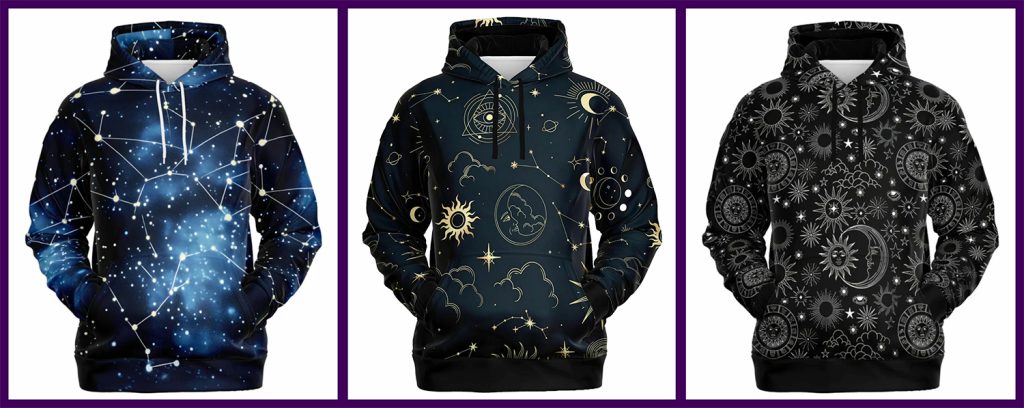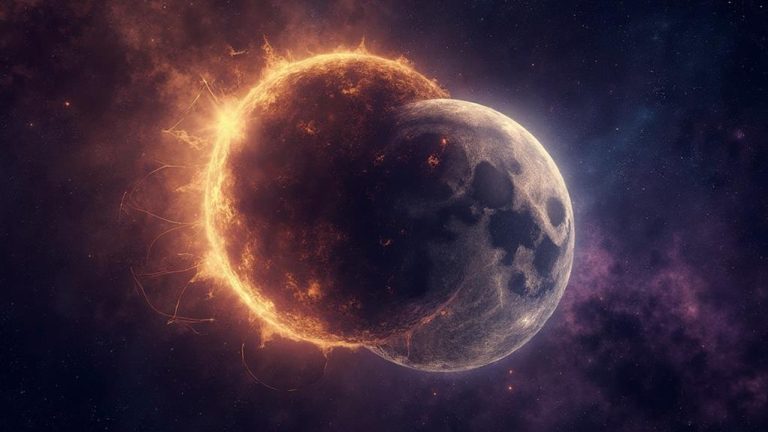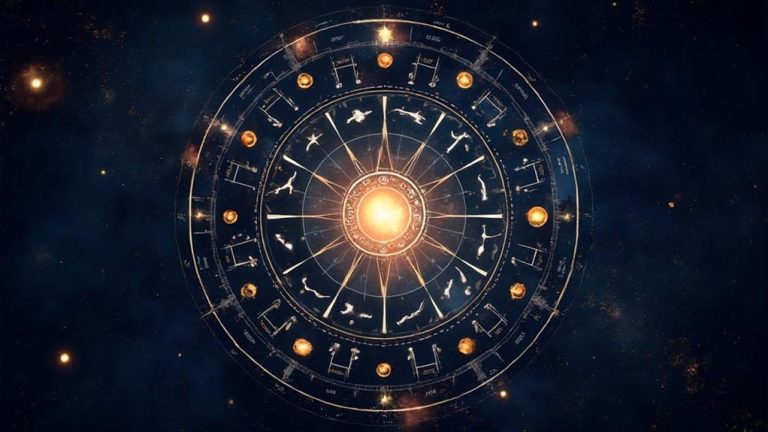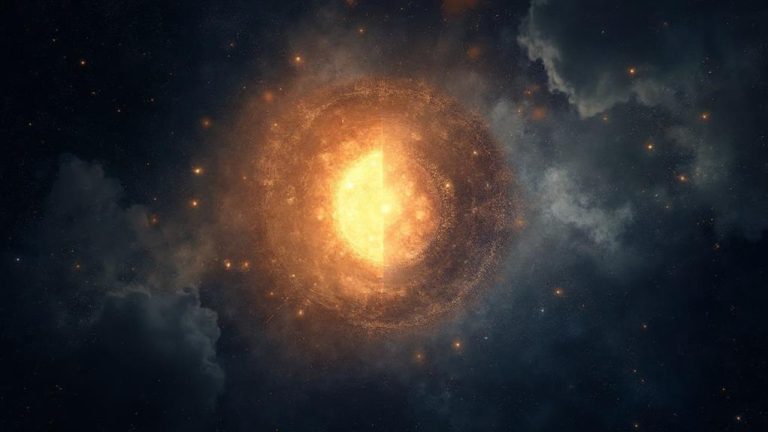Impact of Celestial Movements on Human Behavior

Celestial movements, like the moon’s gravitational pull and solar cycles, can subtly influence mood, sleep, and energy levels. Understanding these cosmic forces can give insight into physical and mental well-being beyond daily stressors.
Moon Phases and Sleep Quality
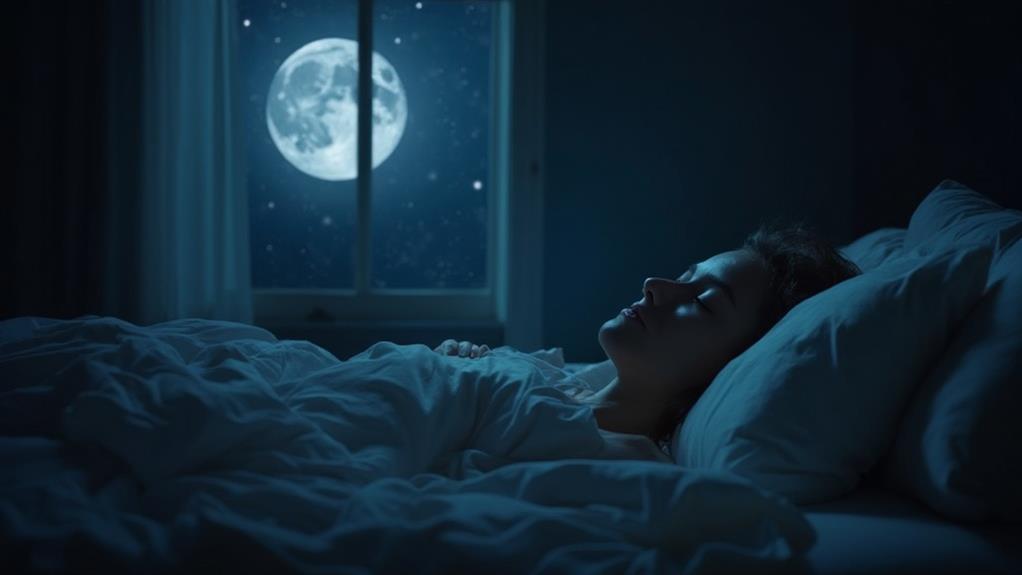
Lunar phases, especially full moons, can shorten sleep by 20-30 minutes and reduce deep sleep by 30%, even without direct moonlight. Melatonin levels drop during full moons, affecting your ability to fall asleep.
In contrast, new moons improve sleep, offering up to 50 minutes of additional deep sleep. Sleep research suggests these shifts align with your body’s lunar-influenced circadian rhythm, indicating that sleep quality fluctuates throughout the lunar month.
Lunar Effects on Mental Health
Full moons have been linked to a 23% increase in psychiatric hospital admissions. Anxiety tends to peak around full moons, while depressive symptoms worsen during new moons. Sleep disturbances during full moons can exacerbate these mental health issues.
Melatonin production drops 31% during full moons, affecting mood and cognitive function. Bipolar disorder symptoms, especially manic episodes, are 24% more frequent during these periods, further complicating mental health management. Monitoring your mental state across lunar phases might help predict and mitigate symptoms.
Solar Cycles and Mood
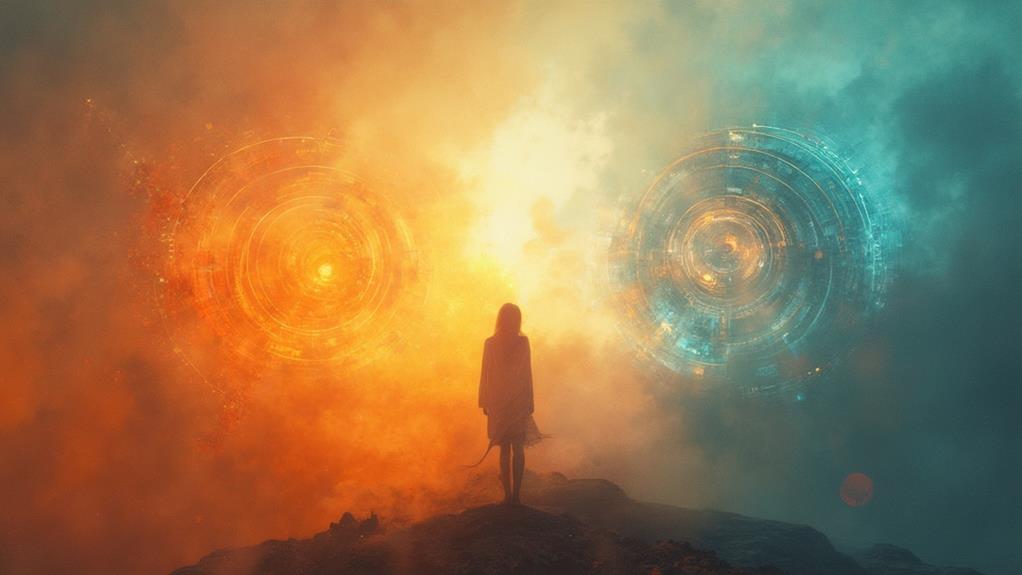
The sun’s 11-year cycle affects mood and behavior through disruptions in serotonin and melatonin production, particularly during solar maxima. These cycles may cause heightened emotions, anxiety, and irritability, along with more frequent hospital admissions during intense solar events.
Solar flares impact Earth’s electromagnetic field, influencing your circadian rhythm and mood regulation. These disturbances in the geomagnetic field further affect melatonin production, causing sleep and mood disturbances.
Birth Rates During Celestial Events
Major celestial events, like full moons and solar eclipses, correlate with increased birth rates. Studies show a 2% increase in deliveries during full moons and a 3.7% rise during solar eclipses.
Supermoons are associated with a notable 15% surge in labor admissions, reinforcing these connections. While the mechanism is not fully understood, researchers are examining factors like gravitational forces and light changes to explain these trends.
Crime Statistics and Lunar Patterns

Crime rates, particularly violent and property crimes, tend to rise during full moons, with increases of 3.7% and 2.1%, respectively. Calls for police services peak within 48 hours of a full moon.
Data also points to a 5.2% rise in domestic disturbances and a 4.8% increase in assaults, especially between 11 PM and 2 AM. Larger cities see even stronger correlations, prompting some police departments to adjust shifts based on lunar phases.
Seasonal Affective Disorder Research
Seasonal Affective Disorder (SAD) affects 10-20% of people living above 40 degrees latitude, typically during winter. Reduced sunlight alters serotonin and melatonin levels, influencing both mood and sleep patterns.
Light therapy, involving exposure to 10,000 lux light for 30-60 minutes each morning, is a proven method to manage SAD symptoms. This mimics natural sunlight, helping to re-align your circadian rhythm and boosting mood and energy levels during darker months.
Light Exposure Treatment Methods
Light exposure therapy can help 60-80% of people suffering from SAD. To gain the benefits, use a light box emitting 10,000 lux. Spend 20-30 minutes within 16-24 inches of the light source after waking.
Imagine starting your day next to a light box, simulating the sunrise and helping to realign your circadian rhythm—even during the darkest months.
Winter Depression Brain Chemistry
Winter depression disrupts key chemicals in the brain, like serotonin, which affects mood, and melatonin, which controls sleep. Less sunlight in winter leads to increased melatonin and decreased serotonin production, disrupting your circadian rhythm.
PET scans reveal a 20% decline in serotonin transporter activity during winter months, primarily in regions responsible for emotions and cognitive function.
Latitude and SAD Prevalence
Moving away from the equator increases the prevalence of SAD due to reduced daylight exposure. In Florida, 1.4% of people experience SAD, while in New Hampshire, this figure rises to 9.7%.
Above 60 degrees latitude, SAD rates can reach up to 20%. Short winter days with little to no sunlight amplify circadian rhythm disruptions, making light therapy crucial in such regions to manage SAD symptoms.
Circadian Rhythms and Planetary Alignments
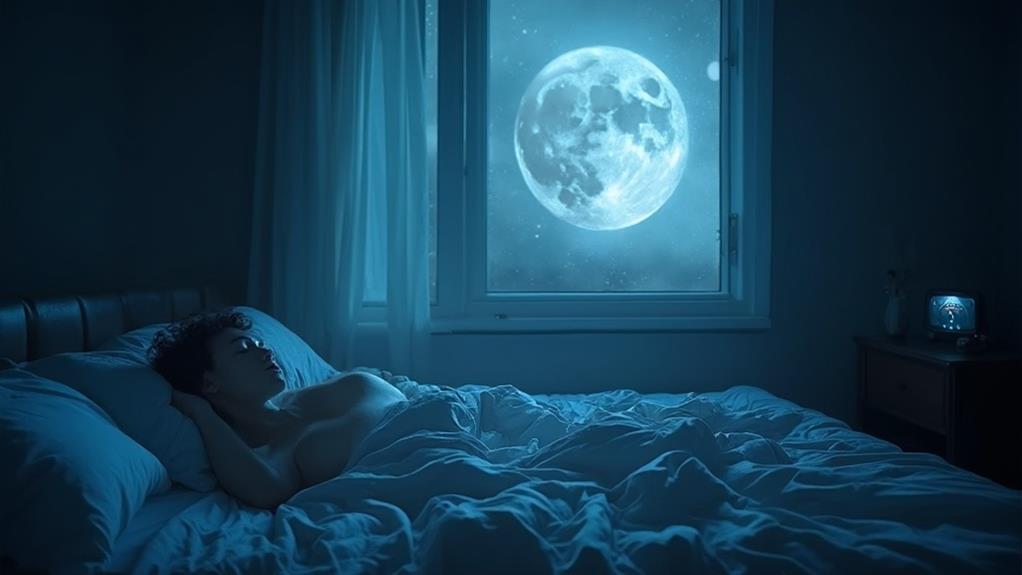
While the Earth’s 24-hour rotation largely influences your circadian rhythm, lunar phases can also impact biological rhythms. Research shows that full moons reduce deep sleep by 30%.
Interestingly, human circadian rhythms naturally extend slightly beyond 24 hours (24.2 hours), suggesting that evolutionary factors, influenced by both lunar and solar forces, subtly shape biological patterns.
Gravitational Forces on Human Physiology
Gravitational forces from celestial bodies, particularly the moon and sun, can affect human physiology. These fluctuations influence fluid dynamics, blood pressure, and cellular processes within your body.
For example, blood pressure can shift as much as 5% between new and full moons. Similarly, cerebral fluid pressure may increase 2-4% during supermoons, while your body continuously adapts, mostly unnoticed.
Frequently Asked Questions
Can Solar Flares Affect Human Decision-Making Abilities?
Solar flares can disrupt brain electromagnetic patterns, impacting melatonin production. This can affect reaction times and decision-making during periods of intense solar activity, though research is ongoing.
Do Different Zodiac Seasons Impact Professional Performance and Workplace Dynamics?
Zodiac seasons aren’t scientifically proven to impact professional performance or interpersonal dynamics. Any perceived influence is likely due to confirmation bias rather than concrete celestial effects. Stick to real-world skills and relationships.
How Do Meteor Showers Influence Collective Human Energy Levels?
Meteor showers don’t scientifically affect energy levels. However, the excitement they generate can boost collective morale, making it seem like there’s an energy shift. Shared social experiences during these events can enhance mood.
Does Living Near the Equator Change How Celestial Movements Affect Behavior?
Living near the equator provides more consistent daylight, reducing the extreme seasonal shifts in circadian rhythms that exist further from the poles. This stability makes daily routines feel more predictable, minimizing behavioral fluctuations linked to celestial movements.
Can Planetary Retrogrades Impact Interpersonal Communication and Relationships?
There is no scientific evidence that planetary retrogrades directly affect communication or relationships. Attributing challenges to retrogrades is usually a form of confirmation bias, where individuals selectively interpret negative events as cosmic signs.
Conclusion
Celestial movements, such as lunar phases and solar cycles, indeed influence human behavior. Full moons disrupt sleep, solar cycles affect mood, and cosmic forces like gravitational shifts can even impact physiological processes. Crime rates, mental health patterns, and even birth rates show subtle connections to these cosmic events, making their influence a fascinating topic for further study. Researchers have long speculated about the mechanisms underlying these correlations, suggesting that both biological rhythms and psychological perceptions might play a role. The intricate relationship between celestial movements and human behavior not only fascinates scientists but also deeply influences cultural beliefs and practices across the globe. As our understanding of these phenomena grows, it opens the door to exploring how the cosmos might subtly shape our daily lives.

